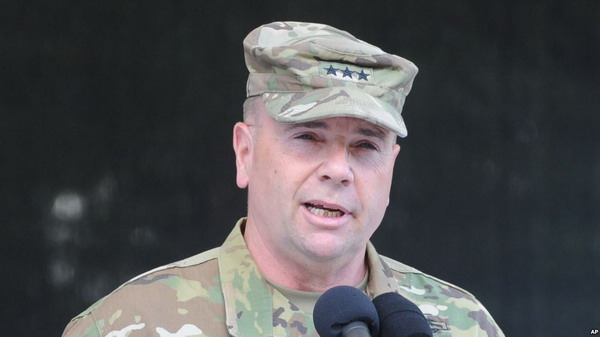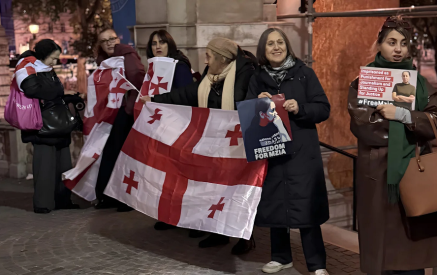BERLIN — U.S. allies in eastern Europe and Ukraine are worried that Russia’s planned war games in September could be a “Trojan horse” aimed at leaving behind military equipment brought into Belarus, the U.S. Army’s top general in Europe said on Thursday.
Russia has sought to reassure NATO that the military exercises will respect international limits on size, but NATO and U.S. official remain wary about their scale and scope.
U.S. Army Lieutenant General Ben Hodges, who heads U.S. Army forces in Europe, told Reuters in an interview that allied officials would keep a close eye on military equipment brought into Belarus for the Zapad-2017 exercise, and whether it was removed later.
“People are worried, this is a Trojan horse. They say, ‘We’re just doing an exercise,’ and then all of a sudden they’ve moved all these people and capabilities somewhere,” he said.
Hodges said he had no indications that Russia had any such plans, but said greater openness by Moscow about the extent of its war games would help reassure countries in eastern Europe.
‘Artificial buffoonery’
A senior Russian diplomat strongly rejected allegations that Moscow could leave military equipment in Belarus.
“This artificial buffoonery over the routine Zapad-2017 exercises is aimed at justifying the sharp intensification of the NATO bloc (activities) along the perimeter of Russian territory,” Russian Deputy Foreign Minister Grigory Karasin told the Interfax news agency on Friday.
NATO allies are nervous because previous large-scale Russian exercises employed special forces training, longer-range missiles and unmanned aerial vehicles. Such tactics were later used in Russia’s annexation of
Crimea in 2014, its support for separatists in eastern Ukraine and in its intervention in Syria, NATO diplomats say.
Hodges said the United States and its allies had been very open about a number of military exercises taking place across eastern Europe this summer involving up to 40,000 troops, but it remained unclear if Moscow would adhere to a Cold War-era treaty known as the Vienna document, which requires observers for large-scale exercises involving more than 13,000 troops.
Some NATO allies believe the Russian exercise could number more than 100,000 troops and involve nuclear weapons training, the biggest such exercise since 2013. Russia has said it would invite observers if the exercise exceeded 13,000 forces.
Hodges said NATO would maintain normal rotations during the Russian war game, while carrying out previously scheduled exercises in Sweden, Poland and Ukraine.
The only additional action planned during that period was a six-week deployment of three companies of 120 paratroopers each to Estonia, Latvia and Lithuania for “low-level” exercises, Hodges said. “We want to avoid anything that looks like a provocation.
This is not going to be the ‘Sharks’ and the ‘Jets’ out on the streets,” Hodges said in a reference to the gang fights shown in the 1961 film “West Side Story” set in New York City.
Photo – VoA


























































